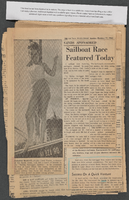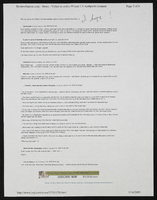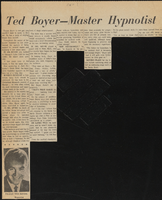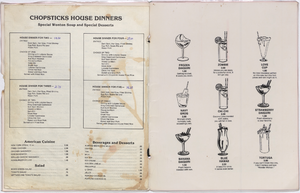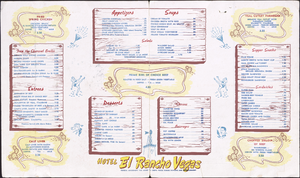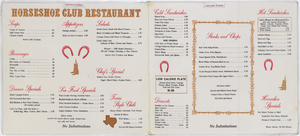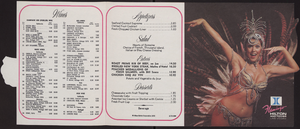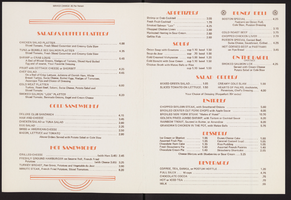Search the Special Collections and Archives Portal
Search Results
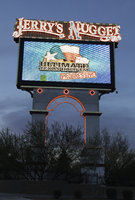
Photographs of Jerry's Nugget Casino sign, Las Vegas (Nev.), March 17, 2017
Date
Archival Collection
Description
Site address: 1821 N Las Vegas Blvd
Sign owner: The Stamis Family
Sign details: In 1964, Jerry Stamis and Jerry Lodge opened Jerry's Nugget Casino. The property, formerly the Towne House Bar, was converted into a casino. Four years after its opening, the owners bought the nearby Bonanza Club along with its sign, adding an additional 10,000 square feet to their property. The site has undergone numerous renovations, including in 1982 when it became a full-service casino complete with a restaurant, bars, and nearly 700 slots. The porte cochere was also added at that time. In 1996, a theatre lounge was added as well as a bakery and even more gaming tables. The casino, which celebrated its 50th anniversary in 2014. This location still claims to cater to "locals." Currently, it consists of slots, table games, keno lounge, and a bingo hall, among other popular features.
Sign condition: About 4-5, appears to have relatively low damage
Sign form: Sculptural pylon
Sign-specific description: Neon sign looks to be in the form of an oil derrick, "Jerry's" in a nugget shape at the top, "Nugget" spelled downward in light blue neon, possibly was once orange.
Sign - type of display: Neon
Sign - media: Steel
Sign environment: Located in North Las Vegas along Las Vegas Blvd, near the Silver Nugget Casino.
Sign - date of installation: 1964 for most of the signage for the property
Sign - date of redesign/move: 1982 Porte Cochere added with expansion
Sign - thematic influences: The signage conveys the Old West theme of striking it rich with gold, silver or oil, as they have an oil rig for portion of their sign.
Survey - research locations: Neon Museum tour outline, Jerry's Nugget website http://www.jerrysnugget.com/ , recorder's office, Assessor's page
Survey - research notes: For the 50th anniversary of their Company they donated the money for the restoration of their sign which is showcased on the documentary "Restoration Neon" and remains in the Neon Museum.
Surveyor: Carlyle Constantino
Survey - date completed: 2017-07-12
Sign keywords: Neon; Steel; Pylon; Incandescent; Back to back; Reader board; Video screen
Mixed Content
Lucela M. Wattin oral history interview
Identifier
Abstract
Oral history interview with Lucela M. Wattin conducted by Stefani Evans on December 6, 2021 for Reflections: The Las Vegas Asian American and Pacific Islander Oral History Project.
Lucela shares memories of her life growing up in Cebu Province, Philippines and being raised by her mother and grandparents after her father's death. She talks about immigrating to the United States under her fiancée's visa, moving to Chinatown in Las Vegas, and her work as a busser at the Excalibur Hotel. Lucela discusses how joining the Culinary Workers Union improved her work conditions and benefits, and how she is working with the union and a legal attorney to help her daughter immigrate to America. She also shares her favorite Filipino dishes (sinagang, chicken adobo, and bugas mais), holiday traditions, and what life was like when casinos shut down during COVID-19.
Archival Collection

